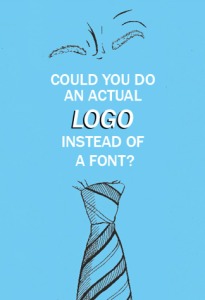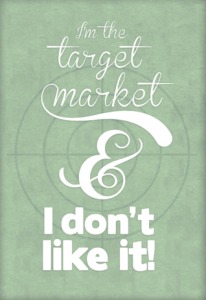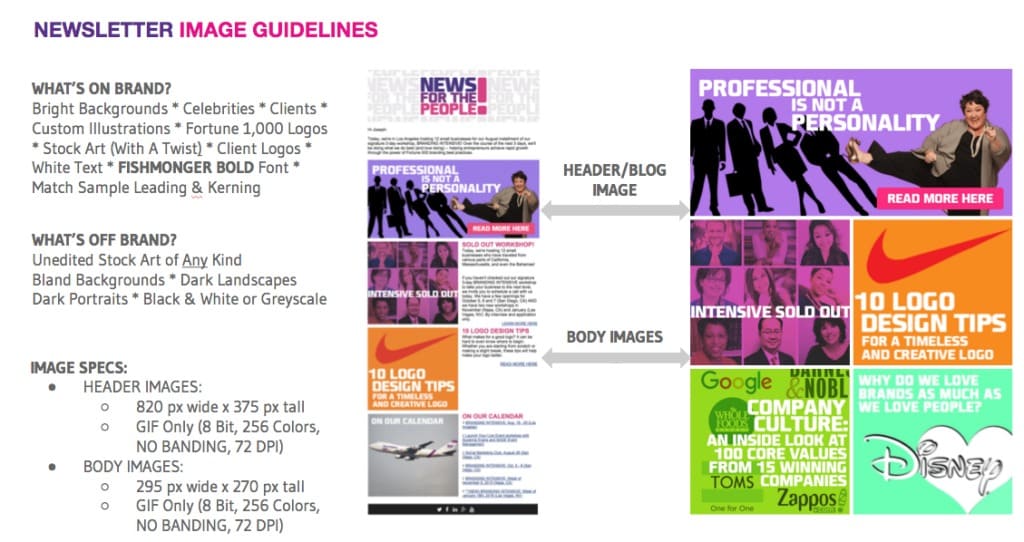70% of all communication is mis-interpreted in some way.
Furthermore, that statistic is based on verbal communication, where inflection of someone’s voice, and tonality are more easily deciphered.
That percentage would be even higher when discussing written communication, which is why it is critical that designers working on your brand understand the vision in your mind and have clear direction on how to create the branded materials you need.
Many people expect designers to understand what it is they want created, and give poor direction and even poorer feedback.
You might be guilty of such phrases as:

or

Or maybe this:

And my favorite:

A designer is not a mind reader and has no idea what you mean when you provide direction like this.
This is how design projects become a mess, because of poor communication. A good designer will translate your direction into a visual representation, but it is YOUR job to give them your vision, and explain it to them clearly.
To do that, use a creative brief.
A creative brief is used to provide creative criteria, highlight inspirational brands or visual work, and communicate your vision.
If you already have a brand, it is important to have BRAND GUIDELINES for the designer.
Here is an example of the brand guidelines for our newsletter:

There is nothing left to the imagination. We lay out exactly what is on-brand and off-brand, image sizes and specs. If the designer comes back with something wildly different, well, that’s on them.
Putting together brand guidelines so that you can brief designers clearly and efficiently will result in work done up to your standards and on brand, while saving both you and the designer the back and forth headache like the examples above (poor dog!).
If you are developing something from scratch, and thus don’t have rigid guidelines for a designer to follow you must provide creative criteria so that a designer has an understanding of “dos and don’ts.”
This can be harder because often times we aren’t sure what we want our piece of content to look like. After all isn’t that the designers job? To a degree, yes, but you must still provide as much guidance as possible. Let’s give an example of a great creative brief. In this example you have hired a designer to create the logo for a new, upscale line of clothing that your company is launching:
CREATIVE CRITERIA
1. Portrays a premium brand of the utmost exclusivity
2. Caters to a consumer audience that aspires to buy our products
3. Luxurious, elegant
COLOR CONSIDERATIONS
1. Rich in color
2. No pastels or light hues
3. Bold, eye catching colors
4. No pink or purple
EXEMPLAR BRANDS
1. Gucci
2. Prada
3. Mercedes-Benz
4. British Airways
PREFERRED LOGO TYPES
1. Wordmark or Lettermark
With this information your designer is now starting to understand your vision. Sharing additional information such as your target market, messaging and copy, and imagery will all go a long way towards helping a designer understand what you are trying to accomplish, allowing them to do what they do best, translate your vision into visual work.
Be as clear and thorough as you can at all times, develop brand guidelines for your brand, and your relationships with designers will transform from a constant source of headaches to a wonderful boon for your brand and business.







